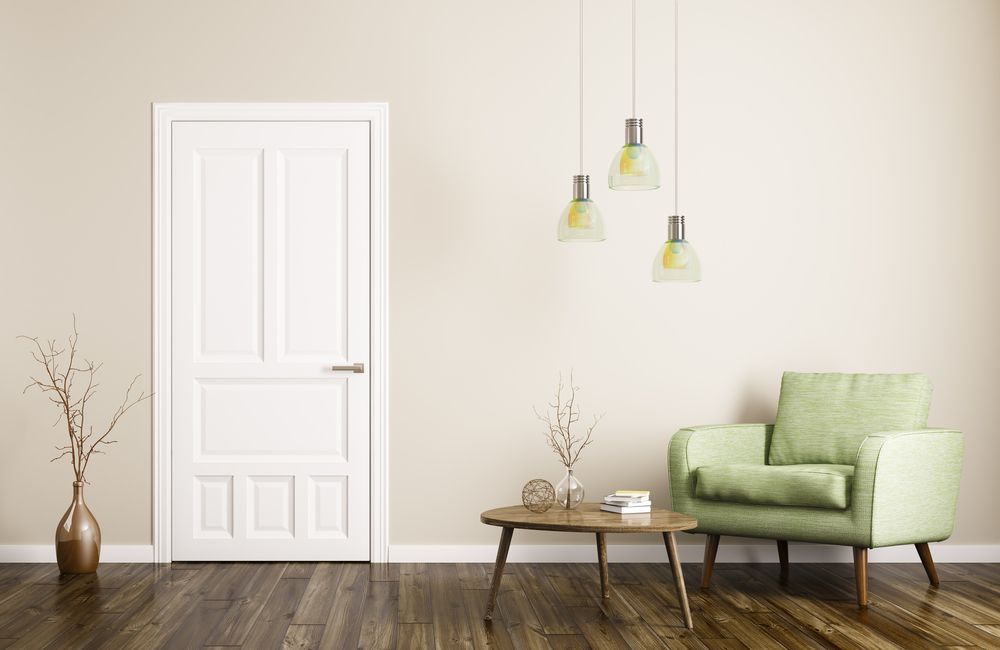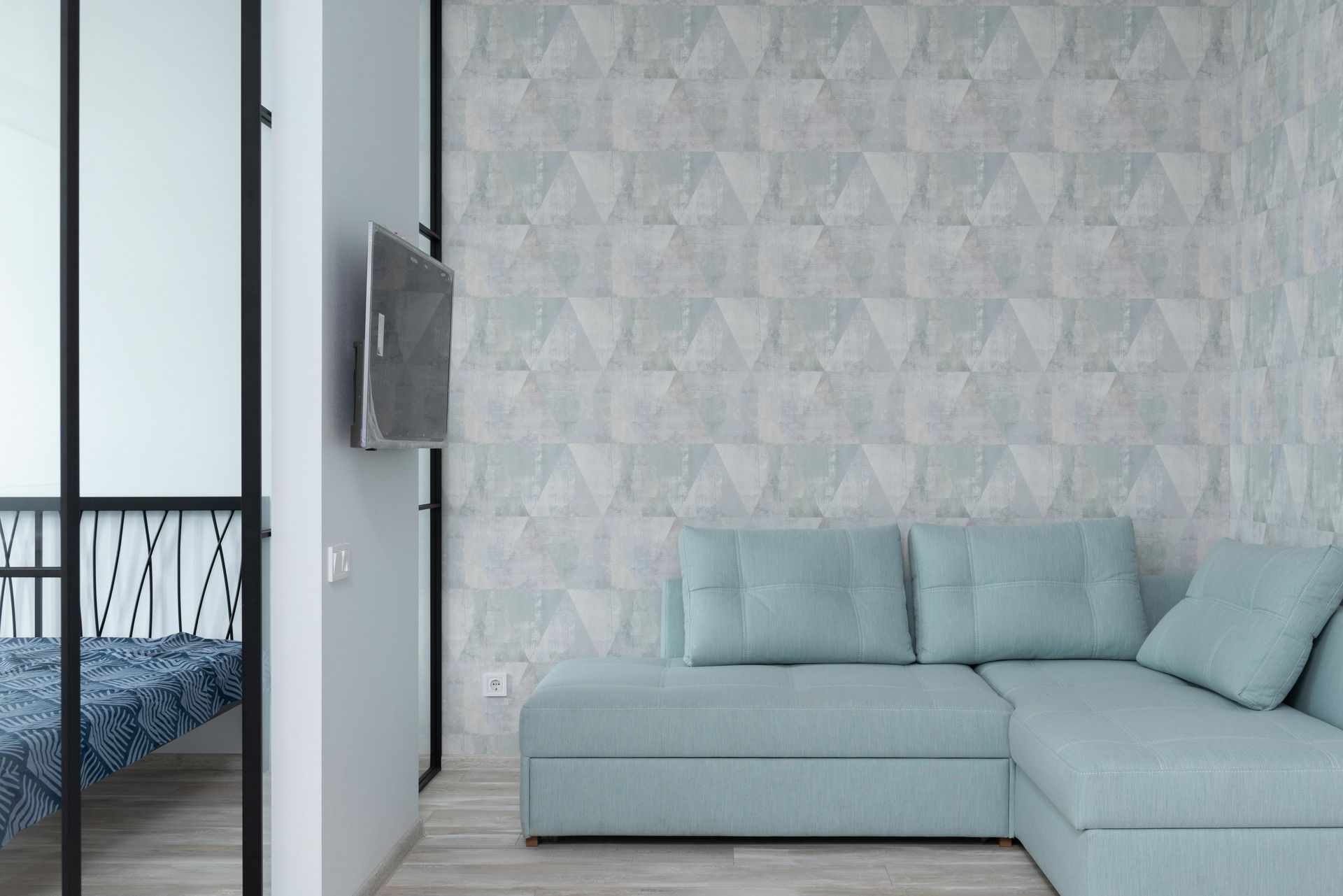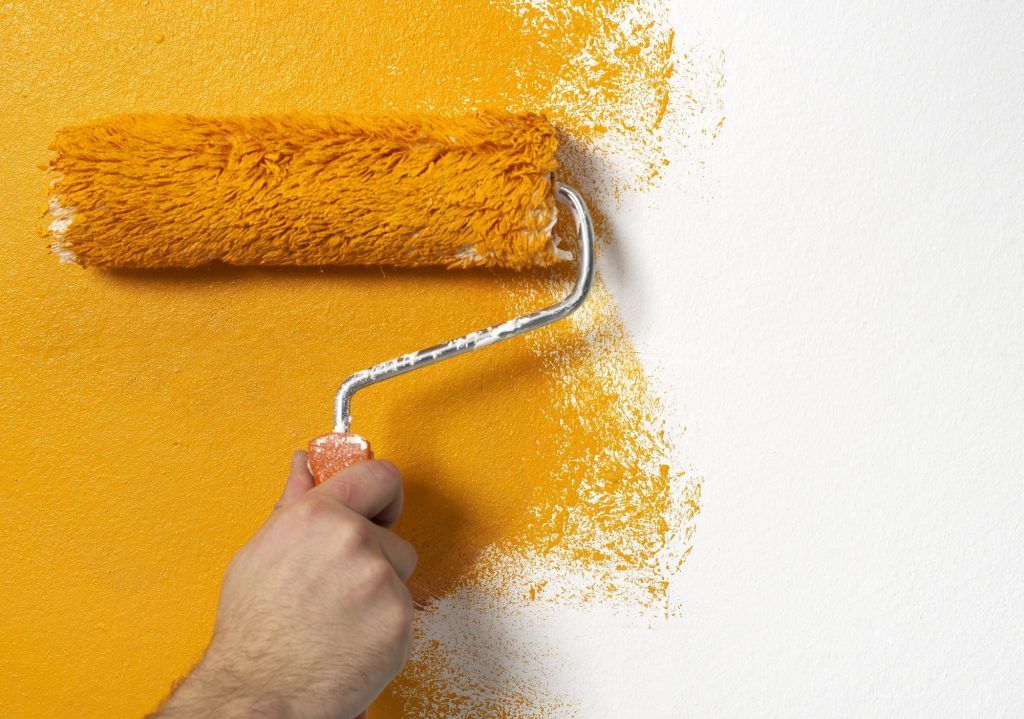Rules for Painting Interior Doors

It’s just that doors are all so different from each other and that so many of them require special treatment. But if you zoom out a bit, the principles are the same as painting anything else–it’s the particulars that get tricky.
Rules for Painting Interior Doors
There are way too many rules for painting interior doors to name them all here–but thankfully, you won’t need them all. Below, we’ll introduce three of the most universal rules for painting interior doors; then, you’ll know enough to proceed–either with painting or with more directed (not to mention easier) research.
Rule #1: Determine the previous paint type.
We’re not talking about brand or color name here–just whether the last paint job used oil- or latex-based paint. If you paint over oil with latex , for example, the paint will dry and then rub off. That’s great for pranks, but if you plan for this paint job to last, do the following experiment.
Dip a rag in rubbing alcohol and then rub the rubbing-alcohol rag against the door. If paint comes off, it’s latex. If not, it’s oil. Make sure to choose a rag of a color that will show your door’s rubbed-off paint easily.
There are different rules for painting interior doors that were previously painted with oil versus latex, and further rules depending on which type you’d like to use now. When you’re done with this article but before you start, look up how to prep the door you have for the job you want to do. Make sure to note any parts about filling in cracks or holes in the door.
Rule #2: Choose the right finish.
First of all, one of the most important rules for painting interior doors is to paint each door in its own sitting. That is, when you start painting a particular door, finish it before you take a break. If paint gets applied at uneven times, it stands a good chance of drying unevenly, which shows.
But, once a door is finished drying (evenly because you painted it all at once), it’s time to consider whether it’s in a high-traffic area or not. If the door gets touched a lot, go back over it with a nice, glossy finish. Those make it much easier to wipe a door clean of fingerprints and such.
Rule #3: Take the door off.
Sometime before you touch it with a paintbrush (or roller if it’s flat), do yourself a favor and remove the door from its hinges. Yes, you can do this without removing it but you run the risk of spilling paint on the floor and door jam. Drop cloths and tape aren’t magic.
Consider taking the knob off too. Otherwise, you’ll have to mask it like the floor and jam.
If you’re really on top of things–or just know you have a lot of doors to paint–you might want to invest in some painter’s pyramids. These are little points to prop the (detached) door on to promote faster drying and prevent sticking when you flip it over.
Do you have more questions before getting started? Feel free to give us a call – we have plenty of professional interior house painters who would be more than happy to help!













